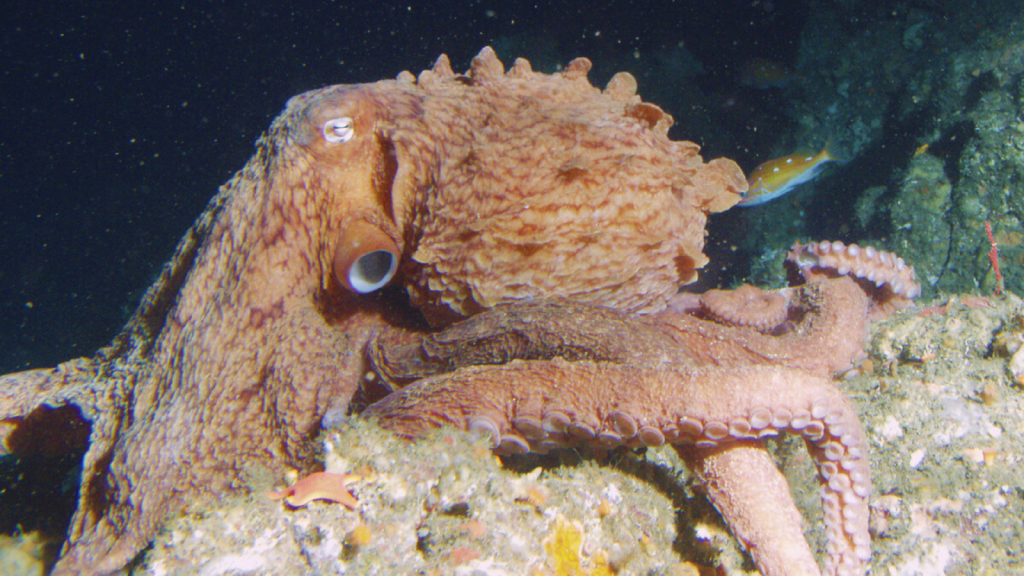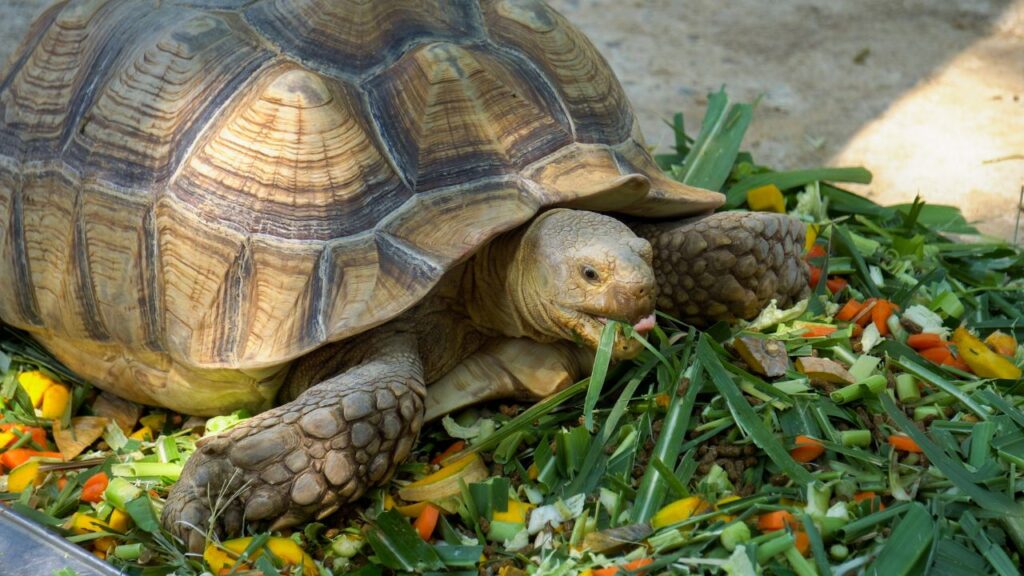When we think of apex predators, images of lions, tigers, and sharks often come to mind. However, the animal kingdom is full of surprising creatures that rule their respective ecosystems. These lesser-known apex predators come in all shapes and sizes, from tiny insects to bizarre deep-sea dwellers. Each has evolved unique adaptations that make them formidable hunters in their habitats. Nature is full of fascinating creatures, and these often-overlooked predators are some of the most interesting.
Honey Badger
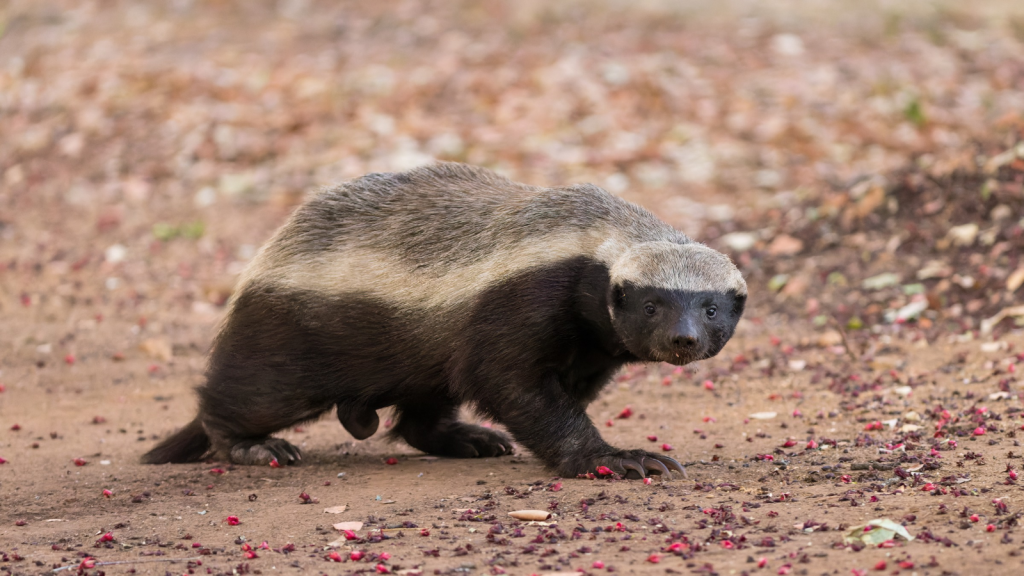
The honey badger might look cute, but it’s one of Africa’s most fearless predators. These small mammals are known for their thick skin, which is nearly impervious to bee stings and even porcupine quills. Honey badgers will eat almost anything, including venomous snakes, and have been known to chase away lions from their kills. Their tenacity and versatility make them true apex predators in their ecosystem.
Giant Pacific Octopus

Lurking in the cold waters of the North Pacific, the giant Pacific octopus is a master of disguise and a formidable hunter. These intelligent cephalopods can grow up to 16 feet across and weigh up to 110 pounds. They use their incredible camouflage abilities to ambush prey, which includes crabs, shrimp, and even small sharks. With powerful beaks and venomous saliva, giant Pacific octopuses are the undisputed kings of their underwater domain.
Komodo Dragon
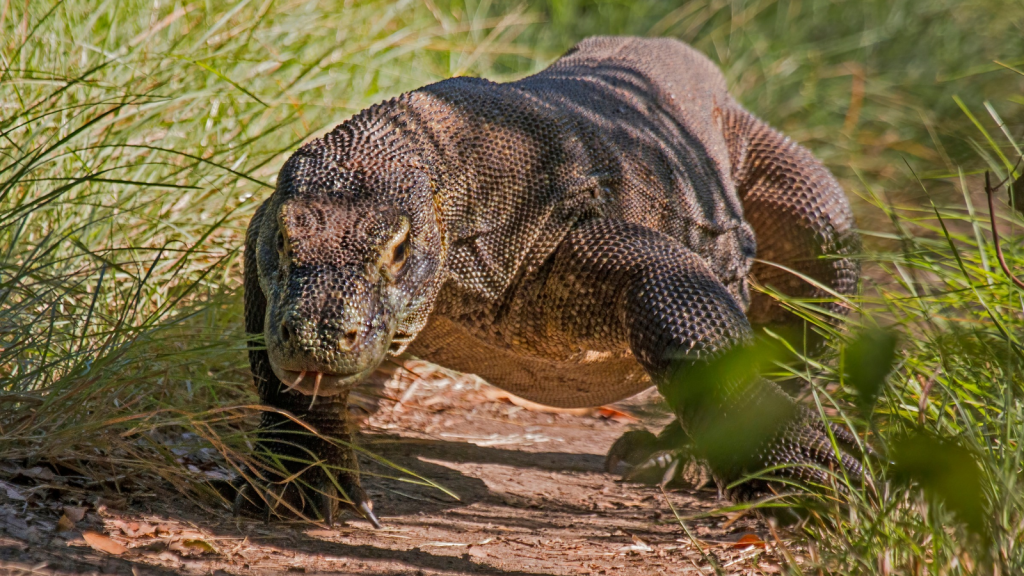
The Komodo dragon is the largest living lizard species and the apex predator of its Indonesian island habitats. These prehistoric-looking reptiles can grow up to 10 feet long and weigh over 300 pounds. Komodo dragons are known for their deadly bite, which delivers a potent mix of venom and bacteria. They can take down prey as large as water buffalo, using their powerful jaws and sharp claws to inflict devastating wounds.
Secretary Bird
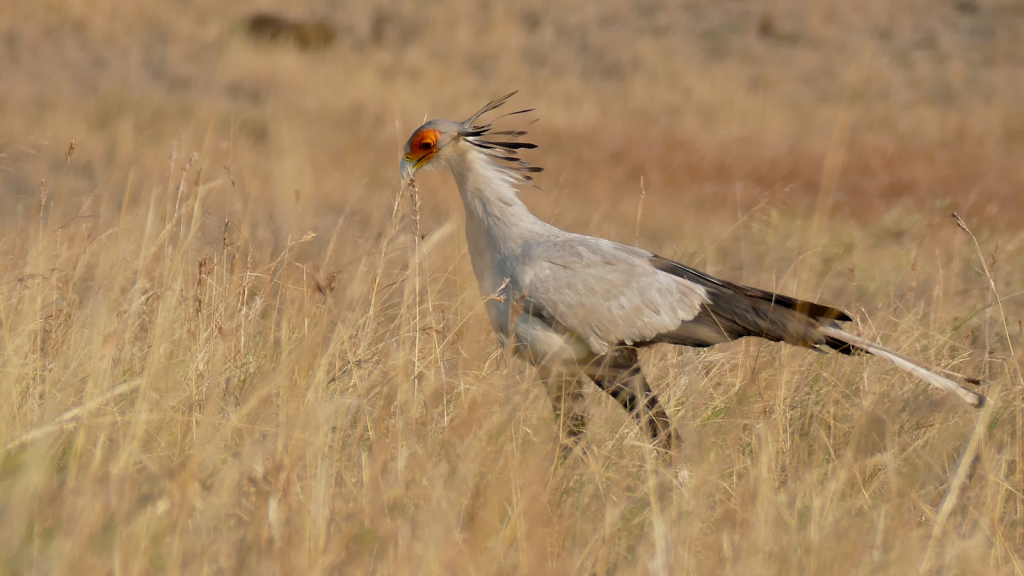
The secretary bird is a unique African predator that looks like a cross between an eagle and a crane. Standing up to 4 feet tall, these birds are skilled hunters of snakes, lizards, and small mammals. Secretary birds use their long legs to stomp on prey, delivering powerful blows that can crush a snake’s skull. Their distinctive appearance and hunting style make them one of Africa’s most unusual apex predators.
Wolverine
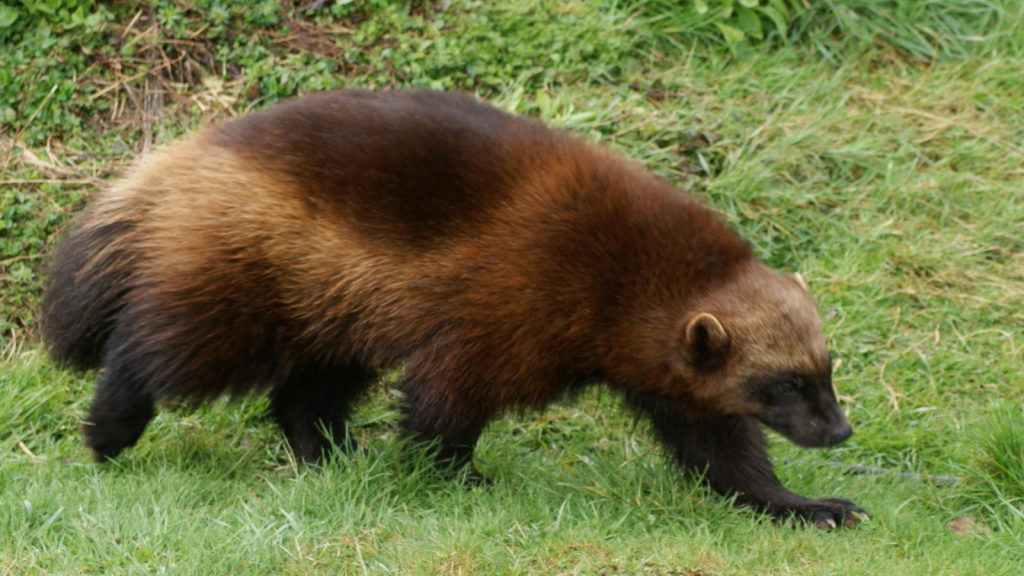
Despite its small size, the wolverine is one of the most formidable predators in the northern forests and tundra. These muscular members of the weasel family are known for their incredible strength and ferocity. Wolverines can take down prey much larger than themselves, including deer and even small bears. Their powerful jaws and sharp claws, combined with their relentless nature, make them true apex predators in their harsh Arctic environments.
Giant Freshwater Stingray
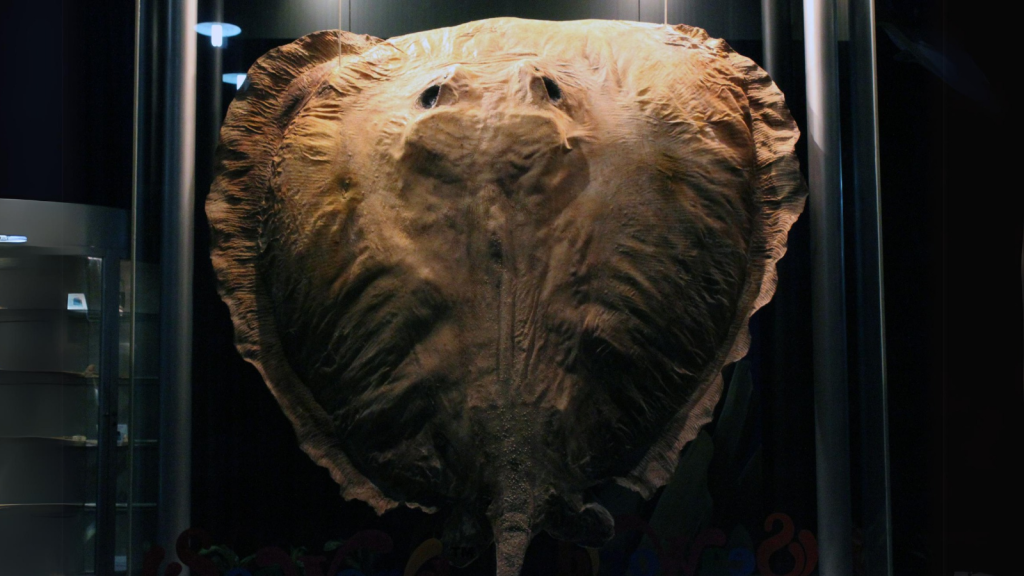
In the rivers of Southeast Asia, the giant freshwater stingray reigns supreme. These massive fish can grow up to 16 feet long and weigh over 1,300 pounds, making them the largest freshwater fish in the world. Armed with a venomous barb on their tail, giant freshwater stingrays are capable of stunning or killing large prey. They feed on fish and crustaceans, using their flat bodies to ambush prey on the river bottom.
Saltwater Crocodile
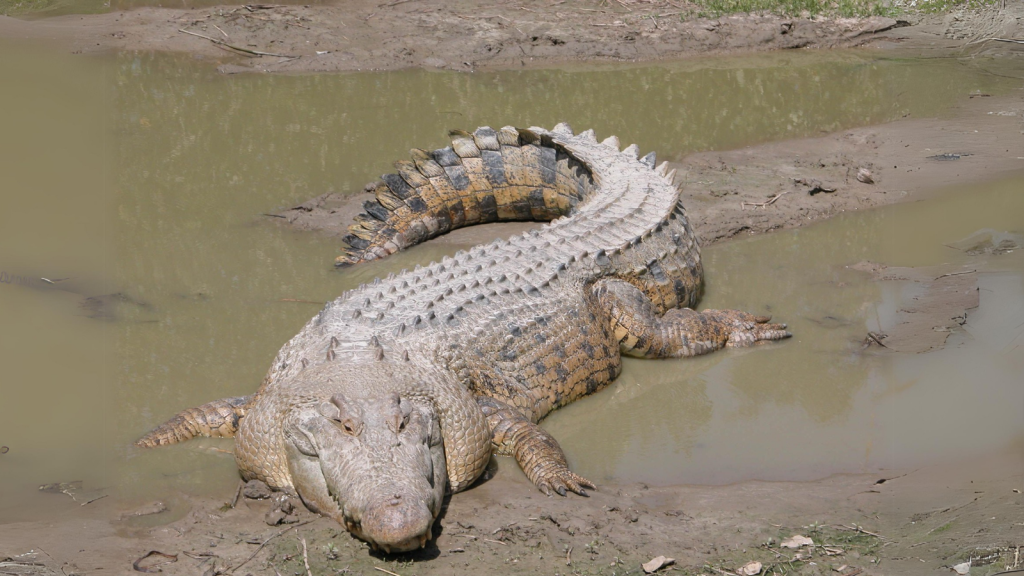
The saltwater crocodile is the largest living reptile and a true monster of the animal kingdom. These ancient predators can grow over 20 feet long and weigh more than a ton. Saltwater crocodiles are found in coastal areas and rivers across Southeast Asia and Australia. They’re capable of taking down almost any animal that enters their territory, including sharks, water buffalo, and even humans.
Tasmanian Devil
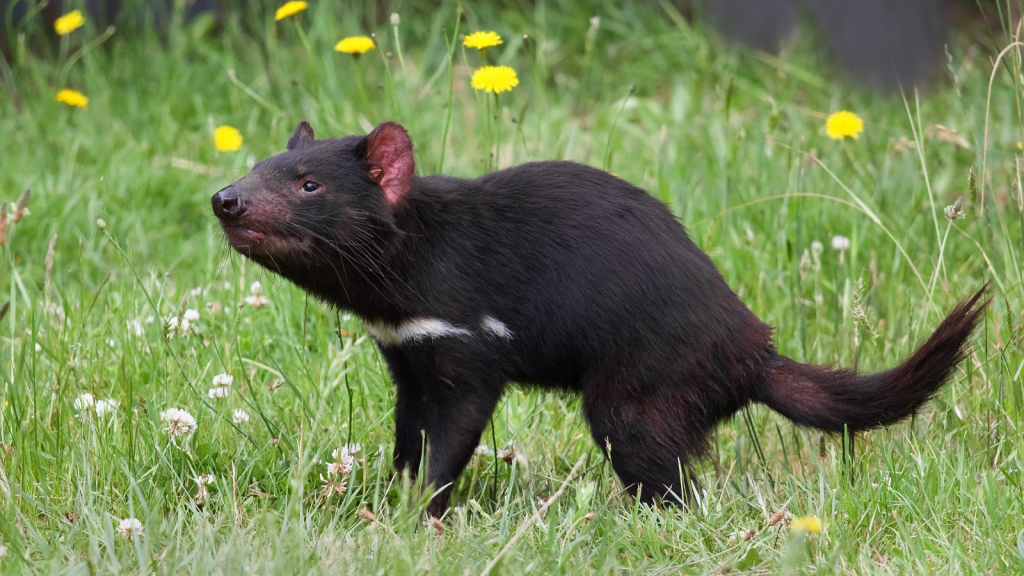
Don’t let its small size fool you – the Tasmanian devil is the apex predator of its native Tasmania. These carnivorous marsupials have the strongest bite relative to body size of any living mammal. Tasmanian devils are primarily scavengers but will also hunt live prey. Their powerful jaws allow them to consume entire carcasses, including bones and fur, making them crucial to their ecosystem’s health.
Giant Otter
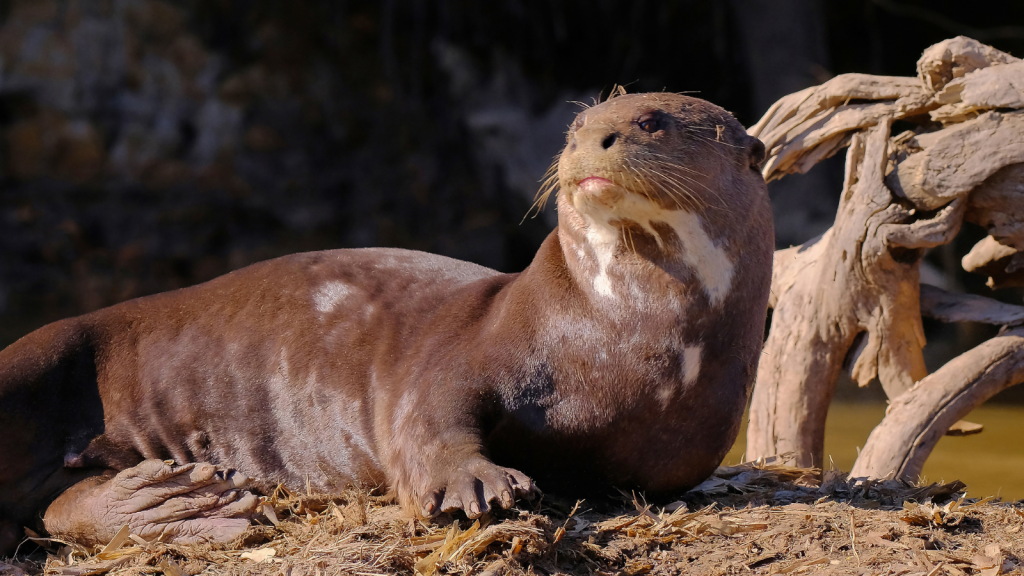
The giant otter of South America is much larger than its European cousin, growing up to 6 feet long. These social animals live in family groups and are the apex predators of their river habitats. Giant otters primarily feed on fish but are also known to take down caimans and anacondas. Their sleek bodies, powerful tails, and sharp teeth make them formidable hunters both in and out of the water.
Mantis Shrimp
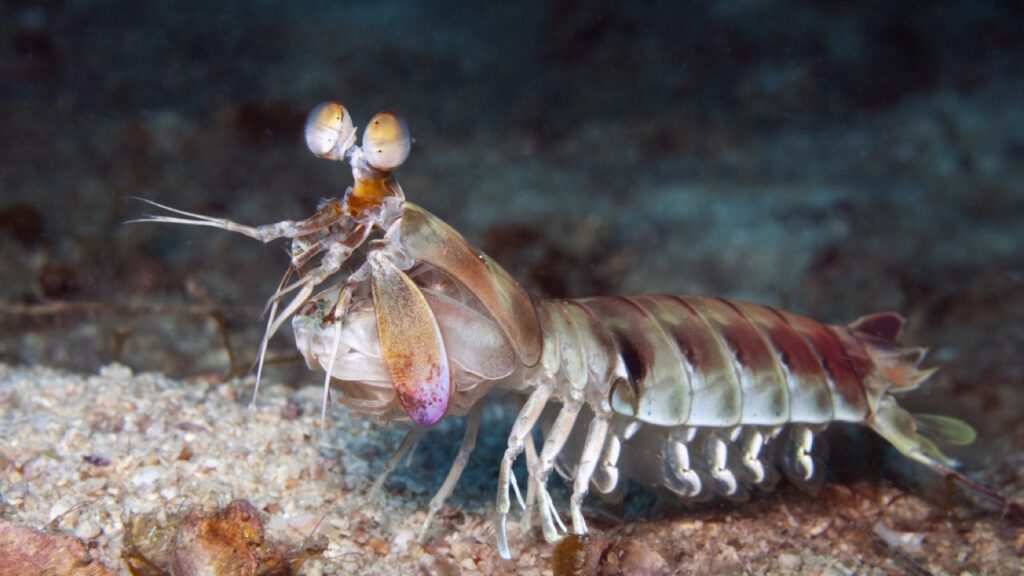
Don’t be fooled by its small size – the mantis shrimp is one of the ocean’s most fearsome predators. These colorful crustaceans have incredibly powerful claws that can accelerate with the same velocity as a gunshot from a 22 caliber rifle. Mantis shrimp use these weapons to smash or spear their prey, which includes fish, mollusks, and other crustaceans. Some species can even break aquarium glass with their powerful strikes.
Goliath Birdeater Tarantula
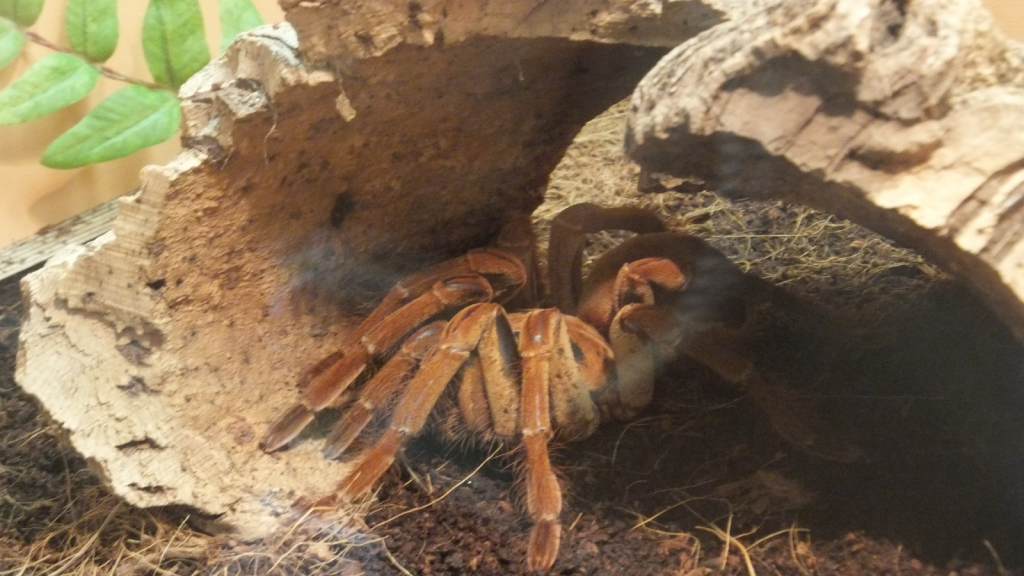
The Goliath birdeater is the largest spider in the world by mass and a formidable predator in its South American rainforest home. Despite its name, this tarantula rarely eats birds, instead focusing on insects, frogs, and small rodents. The Goliath birdeater uses its large fangs to inject venom into its prey, liquefying their insides for easy consumption. Its size and potent venom make it the apex predator among invertebrates in its habitat.
Leopard Seal
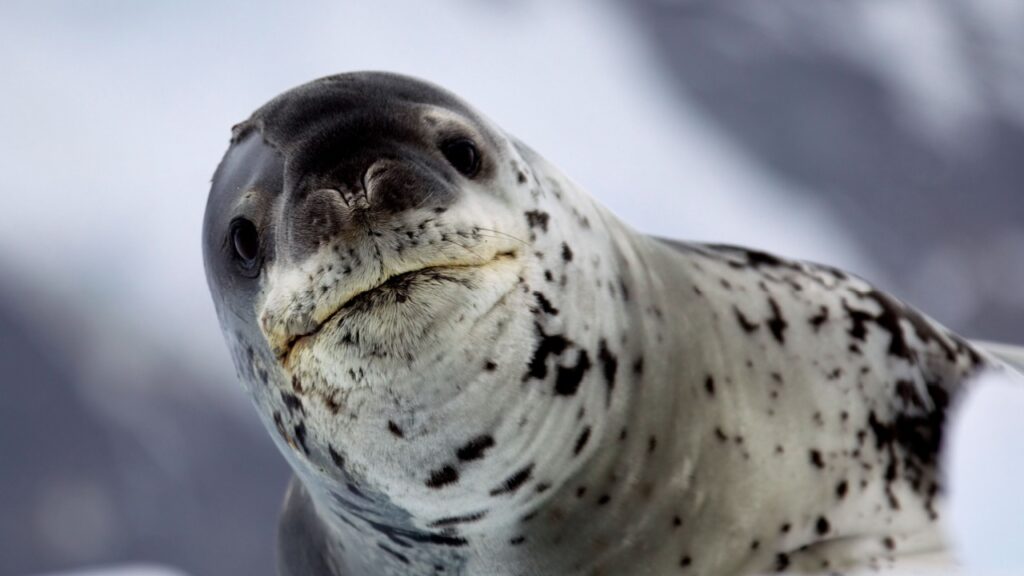
In the frigid waters of Antarctica, the leopard seal is the undisputed top predator. These large seals can grow up to 11 feet long and weigh over 1,000 pounds. Leopard seals have massive jaws filled with sharp teeth, which they use to catch penguins, fish, and even other seals. Their streamlined bodies and powerful flippers make them agile swimmers, capable of chasing down fast-moving prey in the icy Antarctic waters.
Coconut Crab

The coconut crab is the largest terrestrial arthropod in the world and the apex predator on many tropical islands in the Indian and Pacific Oceans. These enormous crabs can weigh up to 9 pounds and have a leg span of up to 3 feet. Coconut crabs are omnivores with incredibly strong claws, capable of cracking open coconuts and even eating small mammals. Their size and power make them the dominant predators in their island ecosystems.
Harpy Eagle
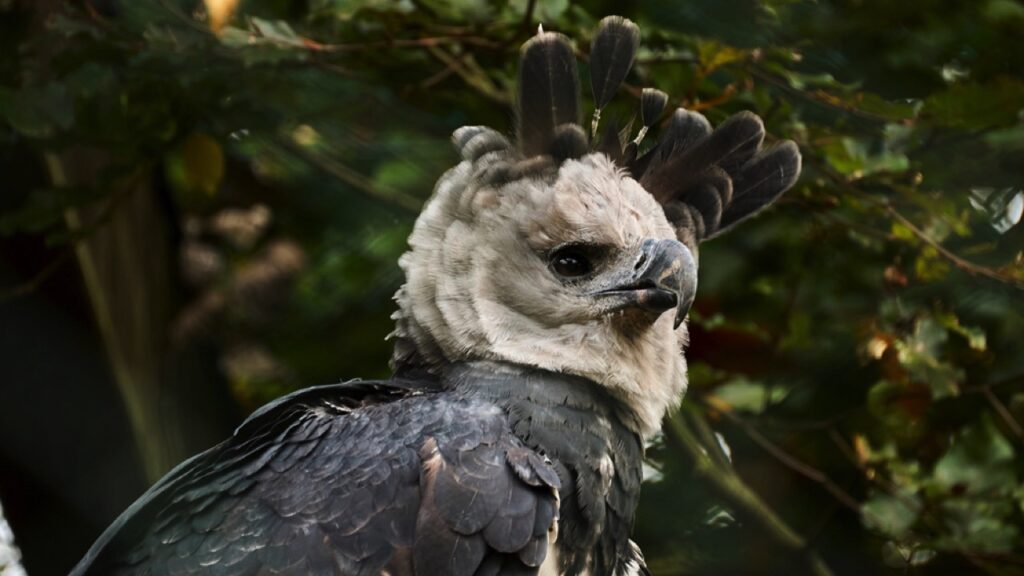
The harpy eagle is one of the most powerful birds of prey in the world and the apex predator of the South American rainforest canopy. With a wingspan of up to 7 feet and talons the size of grizzly bear claws, harpy eagles are capable of snatching monkeys and sloths from treetops. These massive birds have no natural predators and play a crucial role in controlling populations of tree-dwelling mammals in their habitat.
Giant Squid
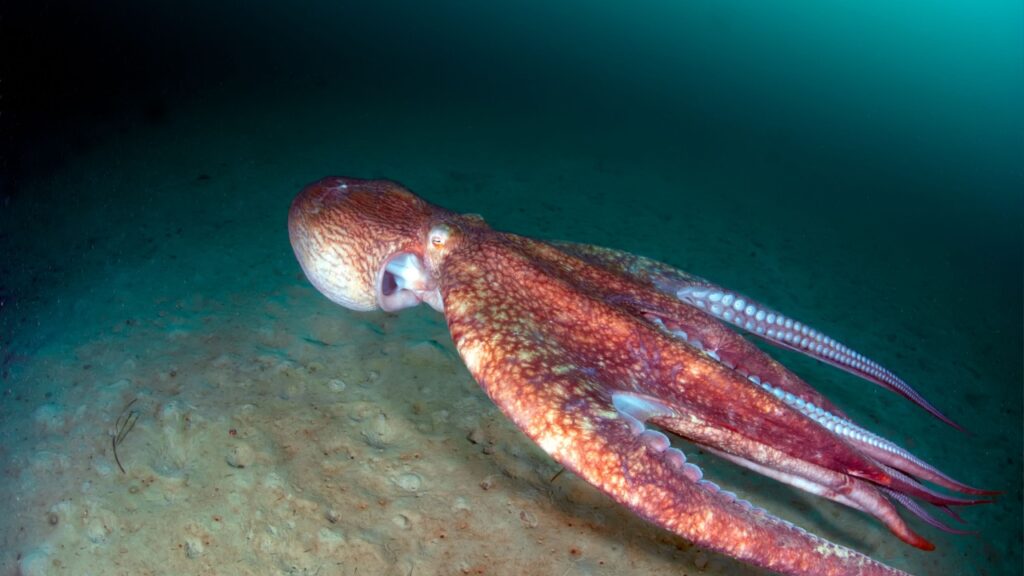
The elusive giant squid is one of the ocean’s most mysterious apex predators. These enormous cephalopods can grow up to 43 feet long and inhabit the deep waters of all the world’s oceans. Giant squids have massive eyes, the largest in the animal kingdom, which help them spot prey in the darkness of the deep sea. They use their long tentacles and powerful beaks to catch and devour fish and other squid, including smaller members of their own species.

